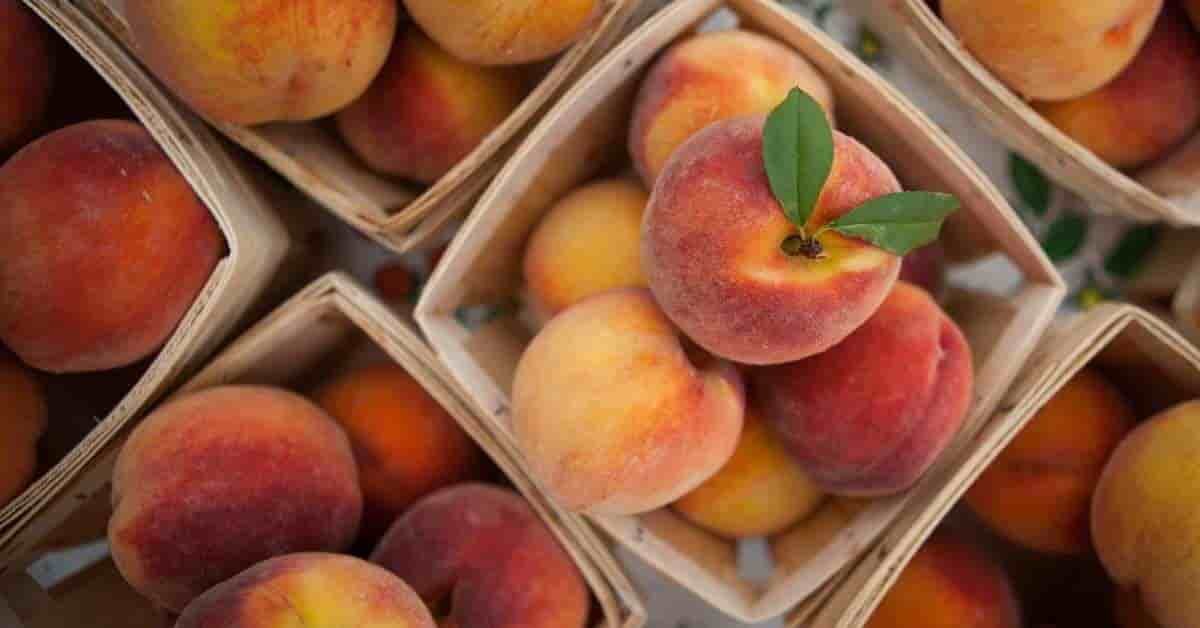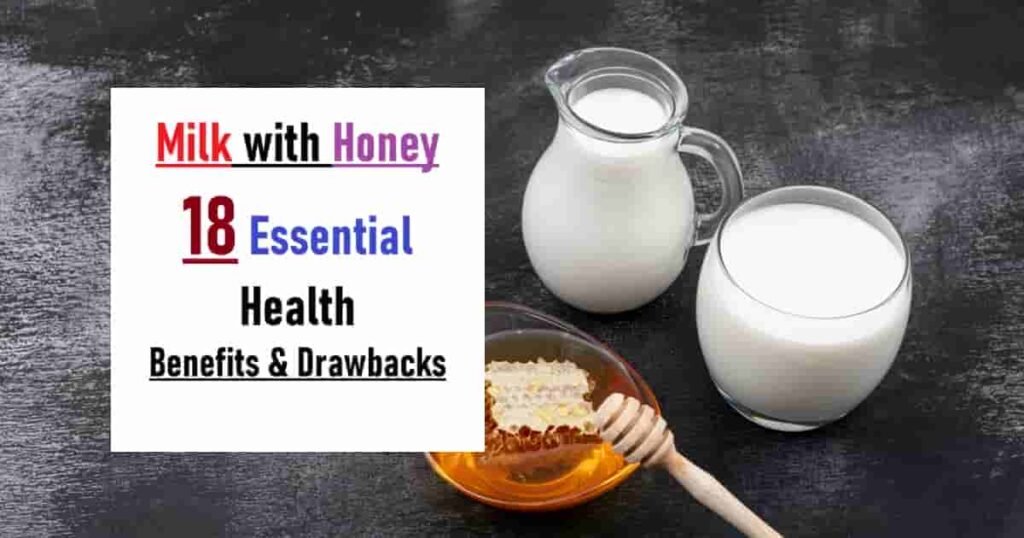Peaches (Prunus persica) are delightful stone fruits celebrated for their sweet, juicy flesh and fragrant aroma. They belong to the Rosaceae family, which includes various other fruits like cherries, almonds, and apricots. Known for their soft skin, tasty flesh, and versatile uses, peaches have a rich history, nutritional benefits, and are enjoyed in countless culinary applications. Let’s explore the world of peaches in depth.
1. History and Origin
Peaches are believed to have originated in the mountains of Northwest China over 8,000 years ago. Archaeological findings suggest that they were cultivated and domesticated in this region long before they spread to other parts of the world. The peach holds significant cultural importance in Chinese traditions, symbolizing longevity and immortality.
From China, peaches made their way along trade routes to Persia (modern-day Iran) and eventually to Europe through the Greeks and Romans. By the time of the Renaissance, peaches had become popular across Europe. European settlers introduced peaches to North America in the 17th century, and today, the U.S. is one of the largest producers of peaches, particularly in states like Georgia, California, and South Carolina.
2. Botanical Characteristics
Peach trees are deciduous and can grow up to 25 feet tall. They require a temperate climate with distinct seasons, enjoying cold winters that help in the dormancy necessary for fruit development. The trees produce beautiful, pinkish-white flowers in early spring, which are a precursor to their delicious fruit.
Peaches have several characteristics:
- Skin: Depending on the variety, peach skins can be fuzzy or smooth, known as clingstone and freestone peaches.
- Flesh: The flesh can range from yellow to white, with varying levels of sweetness and juiciness.
- Stone: Like other stone fruits, peaches have a single hard pit or “stone” in the center, which contains the seed.
3. Varieties of Peaches
There are numerous varieties of peaches, catering to different tastes, climates, and culinary needs. The two primary categories of peaches are:
- Clingstone Peaches: The flesh clings tightly to the pit. These peaches are commonly used for canning and processing, as they are easier to slice.
- Freestone Peaches: The flesh separates easily from the pit. They are typically preferred for fresh consumption.
Some popular varieties include:
- Elberta: Juicy, with a smooth texture, ideal for fresh eating and canning.
- Georgia Belle: A Southern favorite, known for its sweet, aromatic flavor.
- Donut Peach (Saturn Peach): Characterized by its flat shape and sweet taste, this variety has gained popularity for its unique appearance.
- White Peaches: Known for their delicate sweetness and floral notes, these peaches have a pale pink or white flesh.
4. Nutritional Benefits
Peaches are not only delicious but also packed with nutrients. A medium-sized peach contains approximately:
- Calories: About 58
- Carbohydrates: Approximately 14 grams
- Fiber: About 2 grams
- Vitamin C: Roughly 10% of the daily recommended intake
- Vitamin A: A good source, contributing to skin health and vision
- Potassium: Important for maintaining blood pressure and heart health
Health Benefits:
- Hydration: Peaches have a high water content (around 88%), making them refreshing and hydrating.
- Antioxidant Properties: Rich in antioxidants like Vitamin C and phenolic compounds, peaches may help combat oxidative stress and reduce the risk of chronic diseases.
- Weight Management: Low in calories and high in fiber, peaches can support weight management by promoting satiety.
- Digestive Health: The fiber content also aids in digestion and regular bowel movements.
5. Culinary Uses
Peaches are incredibly versatile in the kitchen and can be enjoyed in various forms:
- Fresh: Eaten raw as a snack or added to salads, smoothies, and desserts.
- Baked: Used in pies, cobblers, and crisps, peaches can enhance the flavor of baked goods.
- Grilled: Grilling peaches caramelizes their natural sugars and adds a smoky flavor, perfect for toppings on desserts or salads.
- Preserved: Canning or making peach preserves allows for year-round enjoyment of this summertime delight. Peach jam, jellies, and sauces can enhance many dishes.
- Drinks: Peaches can be juiced, blended into smoothies, or used to make cocktails and iced teas.
6. Cultural Significance
In addition to their culinary uses, peaches have cultural relevance in various societies. In Chinese culture, they are considered a symbol of immortality and are often featured in art and folklore. The peach blossom is also a significant symbol in Chinese New Year celebrations.
In the United States, the peach is particularly associated with the South, especially Georgia, which has adopted it as the state fruit. Festivals celebrating peach harvests are common, featuring peach-themed activities, food, and competitions.
7. Cultivation and Harvesting
Peach cultivation requires specific growing conditions, including proper soil pH, irrigation, and sun exposure. Growers typically prune trees annually to promote healthy growth and fruit production.
The ideal time to harvest peaches is during the summer months. Peaches should be picked when they are fully ripe, as they do not continue to ripen significantly once harvested. Indicators of ripeness include a fragrant smell, a slight give when squeezed gently, and a change in color, depending on the variety.
8. Environmental Impact
Like many crops, peach farming faces environmental challenges, including pesticide use and water consumption. Sustainable agricultural practices, including organic farming and integrated pest management, are essential for minimizing the environmental footprint of peach production. These practices can help maintain soil health, conserve water, and promote biodiversity.
9. Conclusion
Peaches are much more than just a delicious fruit; they are a symbol of history, health, and culinary excellence. Their sweet, juicy flesh makes them a favorite in a variety of dishes, while their nutritional benefits position them as a healthful addition to any diet. As peaches continue to capture the hearts and palates of people worldwide, they represent the beauty and abundance of nature’s offerings. Whether enjoyed fresh off the tree or transformed into a delightful dish, peaches will always hold a special place in our culinary landscape.


